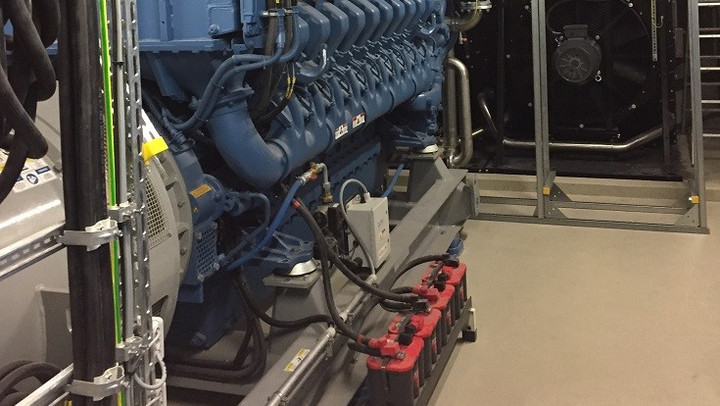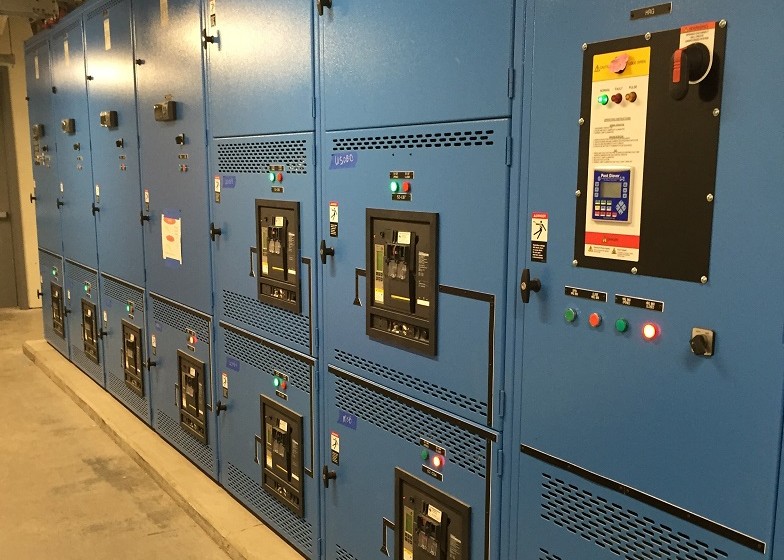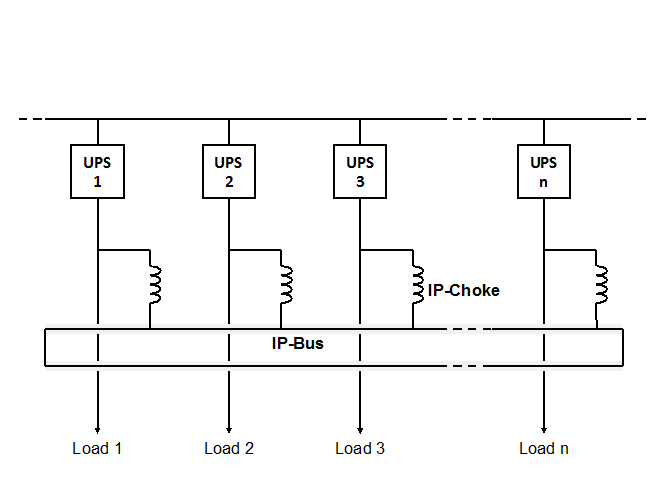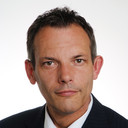A UPS Solution with Kinetic Energy
Critical components like servers react to outages greater than 10ms. This can lead to the loss of data or to the total failure of the IT systems. To avoid this, an uninterruptible power supply is essential. Armin Höfner of Telehouse Deutschland GmbH explains why he sees kinetic energy storage as an alternative to battery systems.

DeRUPS is the abbreviation for Diesel Rotary Uninterruptible Power Source. In this solution, dedicated for emergency power supplies, a system called GenSets is used in combination with a flywheel kinetic energy storage unit (known as PowerBridge). Kinetic energy, produced by rotating flywheels, is stored in a mass storage unit. The flywheels are driven by an electric machine, which is controlled by an inverter control unit with variable frequency. In this process, electrical energy is transformed into kinetic energy. This energy is stored in the flywheel mass and can be transformed back into electrical energy when required.
The range of functions of a DeRUPS UPS system
The DeRUPS system also provides power to balance short-term outages and for other bridging requirements – rather than predominantly for emergency situations resulting from the failure of the data center power supply. The energy in the flywheel mass is released as needed and supplies power for the units requiring power. GenSets are started in the case of loss of the grid or periods of irregularity in the frequency that last longer than one second, and allow a smooth transition of the power supply to the power users. The DeRUPS systems are recharged by the GenSets, in order to operate this in parallel to the feeding of the GenSets. Using this solution, stable supply can be maintained for data center operations, until the original power supply from the external power company is available again, or until temporary fluctuations in grid frequency are balanced.
Bridging power supply gaining increasing importance in data centers
The largely stable power grid in Germany is at risk from the injection of alternatively generated power variants. The turn-around in energy policy adopted by the German federal government has a large influence on the functioning of the power grid and the distribution on energy within it. Through the diversified power generation methods, a variety of types and sources of energy are mixed, with relation both to the type of generation and to the geographical location. In the course of regulating and balancing the grid, power stations are temporarily powered down when overcapacities are generated. As a security precaution, a synchronous electrical grid is distributed across the nations within the European Union. Through this, the various power grids mutually support one another. The danger of brief surges through frequency fluctuations increases as a result. These can occur in the case when a power plant is connected or disconnected, or during the change-over between two power stations. Short-circuits or defects and the associated switching can also lead to surges. Today, power providers need to be considerably more active in regulating supply provision than was necessary only a few years ago.
Data center operators have the task of ensuring that the voltage of the power supply stays permanently stable. A redundant UPS supply is just as necessary for data centers operated company internally. At Telehouse Deutschland, this new solution – based on DeRUPS with a redundancy of n+1 – has been implemented in the new technical building.
An IP-Bus system offers the optimal load distribution for DeRUPS
To ensure redundancy (n+1, n+2 or n+n), the machines are integrated into a special bus system, the IP-Bus (Isolated Parallel Bus). Load distribution is handled automatically, without requiring active intervention of a staff member for switching. The servers and IT infrastructure of customers connected to the system will continue to be supplied with power in the case of an outage. The bus is conceived as a ring system. The automatic load distribution between the UPS systems occurs according to the ring system, with an integrated choke. This configuration results in a higher redundancy, increased ease of maintenance, and a higher failure tolerance for the UPS system. All units share the load equally through the IP-Bus. In the case of the failure of one UPS system, the corresponding load is automatically taken on by the remaining DeRUPS-unit, without being dependent on any type of manual switching. In the case of a short circuit on the user end, the short circuit current is predominantly redirected to the UPS system supplying the respective IT unit. During a power outage, the UPS system supplies the required power to the units without interruption. As the grid powers back up, switching back is synchronized and smooth. The emergency power supply, which may also have started, will be turned off after an overrun time of as a rule 5 minutes. The load distribution in this UPS system is exclusively controlled via chokes and the connected bus. Equal distribution of units results in a power load of 0 in the IP-Bus. The loads are only distributed in the case of varying loads, so that ultimately all UPS systems supply equal outputs to the IP-Bus or directly to the connected IT units.

Use of DeRUPS offers technical and financial advantages
This UPS variant makes sense in data centers with a power consumption of more than 1.5 megawatts. In comparison to batteries, this system offers higher energy efficiency with low space requirement and increased power density. There are also advantages in the Lifecycle Management, as batteries are replaced as a rule after seven years, whereas the flywheels, which typically suffer wear, can last ten years. From an electro-technical perspective, DeRUPS are more stable compared to a battery system. Batteries lose capacity over their lifetime. For 100 % functionality, the use of DeRUPS as a kinetic energy storage system is more economical than a conventional battery system, despite a higher initial investment.

Armin Höfner is the Technical Head at Telehouse Deutschland GmbH

Please note: The opinions expressed in Industry Insights published by dotmagazine are the author’s own and do not reflect the view of the publisher, eco – Association of the Internet Industry.


